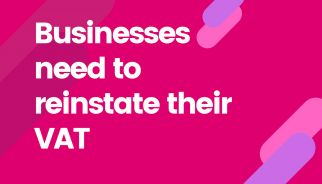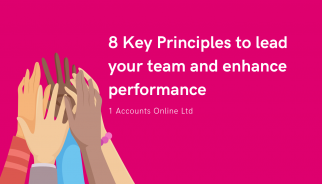CORONAVIRUS JOB RETENTION SCHEME (CJRS) UPDATE.
From 1st July “Flexible Furlough” was introduced and the calculations and time recording of full-time, part-time and fully furloughed employees has become more complicated.
Changes are occurring regularly as the Government and HMRC make clarifications to the scheme. If you have any queries regarding your claim talk to us first.
The latest changes are outlined below:
Steps to take before calculating your claim using the Coronavirus Job Retention Scheme
Wording has been added to make it clear that HMRC will not decline or seek repayment of any grant based solely on the particular choice between fixed or variable approach to calculating usual hours, as long as a reasonable choice is made
HMRC has issued further guidance on the CJRS Individuals you can claim for who are not employees:
You can claim a grant for individuals who are not employees – as long as they’re paid via PAYE. The groups you can claim for include:
- office holders (including company directors)
- salaried members of Limited Liability Partnerships (LLPs)
- agency workers (including those employed by umbrella companies)
- limb (b) workers
- Contingent workers in the public sector
- Contractors with public sector engagements in scope of IR35 off-payroll working rules (IR35)
Individuals who are paid through PAYE but not necessarily employees in employment law, can continue to be furloughed from 1 July as long as you have previously submitted a claim for them for a furlough period of at least 3 weeks between 1 March and 30 June 2020.
Paying employee taxes and pension contributions
There is also an update on ‘Paying employee taxes and pension contributions’ section and added wording to section on employee rights to make it clear that you can continue to claim for a furloughed employee who is serving a statutory notice period.
The process HMRC is developing to recover overclaimed grant amounts through the tax system
Information has been added about the process HMRC is developing to recover overclaimed grant amounts through the tax system.
If you have made an error in a claim and do not plan to submit further claims, you should contact HMRC to let them know about the error and find out how to pay back any overclaimed amounts. Once you have contacted HMRC you will be given a payment reference number and directed to make a payment.
The Government are introducing legislation to recover overclaimed grant amounts through the tax system. If you repay any overclaimed grant amounts back through the above methods then this will reduce or, if the full amount is repaid, prevent any potential tax liability under that legislation. Further guidance on this will be issued in due course.
If you have made an error that has resulted in an underclaimed amount, you should contact HMRC to amend your claim. As you are increasing the amount of your claim, they need to conduct additional checks.

















